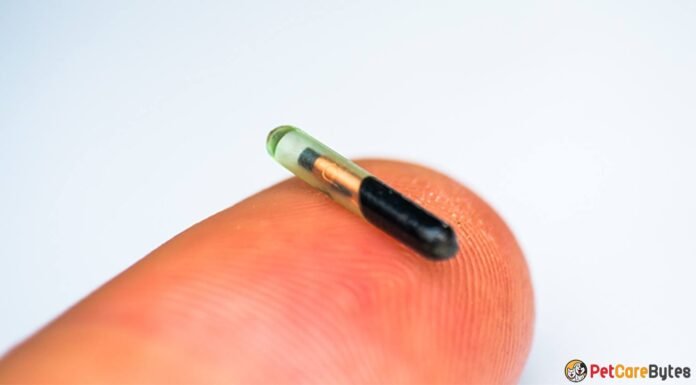A microchip can be given to anyone of any age without surgery or anaesthesia. We don’t want your pet to get wet or bathed for about a week after the microchip is given to you, so please plan your bath time accordingly.
A microchip is a small, permanent chip about the size of a grain of rice that can be used to identify something. A clean needle puts it under the skin between the shoulder blades.
The chip only works when it is scanned. Your pet’s microchip ID code is unique, just like your pet’s. The scanner will look for a microchip and show your pet’s unique code when your lost pet is taken to an animal shelter or veterinary clinic. This code is linked to your contact information in the online registration database and is kept with your pet’s profile.
Read More: Importance of Microchipping Your Pets
A study of more than 7,700 strays at animal shelters found that only 21.9% of dogs without microchips were returned to their owners, while 52.2% of dogs with microchips were returned to their owners. Cats without microchips were only reunited with their owners 1.8% of the time, but 38.5% of the time, microchipped cats returned home. Most of the time, it was because the owner information in the microchip registry database for animals that weren’t born to their owners was wrong or wasn’t there at all. So, if your information changes, it’s essential to keep it up to date.
We think every pet should have a microchip. A tag on a collar is easy to lose because it can slip off. On the other hand, a microchip is a small chip that is injected under the skin and used as a permanent form of identification. This doesn’t take much longer than getting a shot, and many pets don’t even notice the injection. Even if your pet never leaves your side, a guest could leave a gate open by accident, or a natural disaster like an earthquake or fire could keep you from your pet.
Read More: Signs Your Pet Needs Emergency Vet Care
Our microchips can be registered with a national database for life. They are internationally recognised and meet ISO (International Organization for Standardization) requirements, so they can be used when travelling abroad.




















